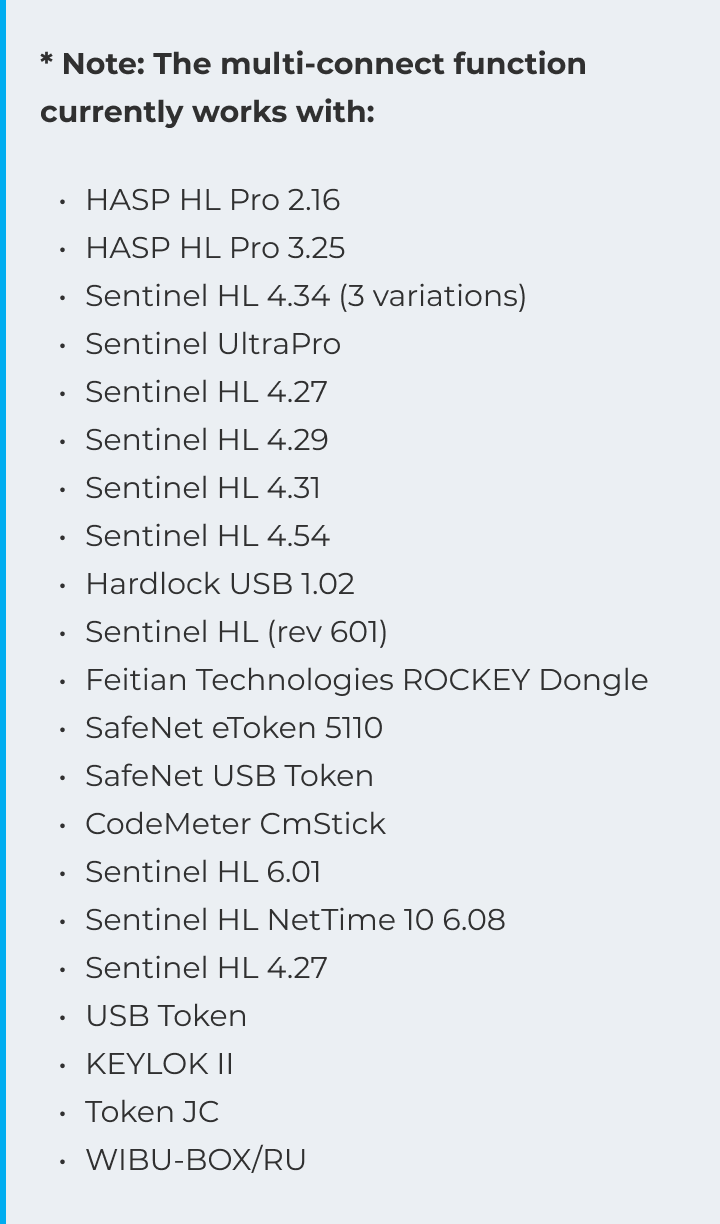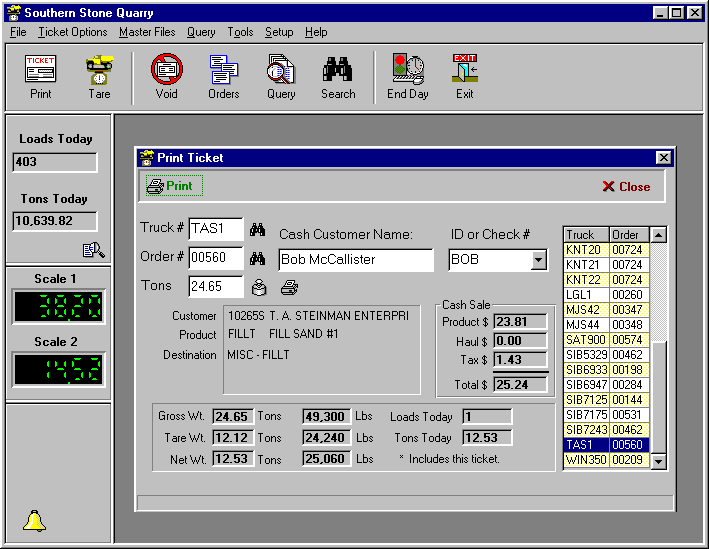


This step is quite safe the SafeNet installation will not overwrite a newer driver with an older one. It is recommended that the security key be removed before running the driver installation. If this doesn't happen on the first new USB port you try, continue working through all the available USB ports on a machine before moving on to the next step.Ģ) Download and install the latest drivers for the key from the Thales website. Also, the key should be able to be put back in the original USB port and work correctly. If the step works, popup notifications like the ones below will appear in the lower right corner of the screen (the exact pop-ups and text will vary depending on the Windows operating system in use). To perform this step, remove the key and put it into a different USB port. This situation most commonly occurs when the key provided for use with the Itasca software gets plugged in before the software is installed, causing Windows to automatically assign an incorrect driver to that port/key pair. Often, a key problem can come from a conflict or corruption in the settings that match up the key, the key driver, and the specific USB port in use (all three components are in play to make any USB device work).

Standard Licenseġ) Cycle the key through the other USB ports. For complete information about troubleshooting the Thales USB key, please download Thales End User Troubleshooting Guide and visit their website. The steps below, which move from least to most severe, are actions the end-user can take prior to contacting Itasca for technical support in the event that there is a key-related problem at program startup. There are a range of problems that may arise related to the user's key (also sometimes referred to as the USB key, hardware lock, hardlock, or dongle) that secures Itasca software.


 0 kommentar(er)
0 kommentar(er)
